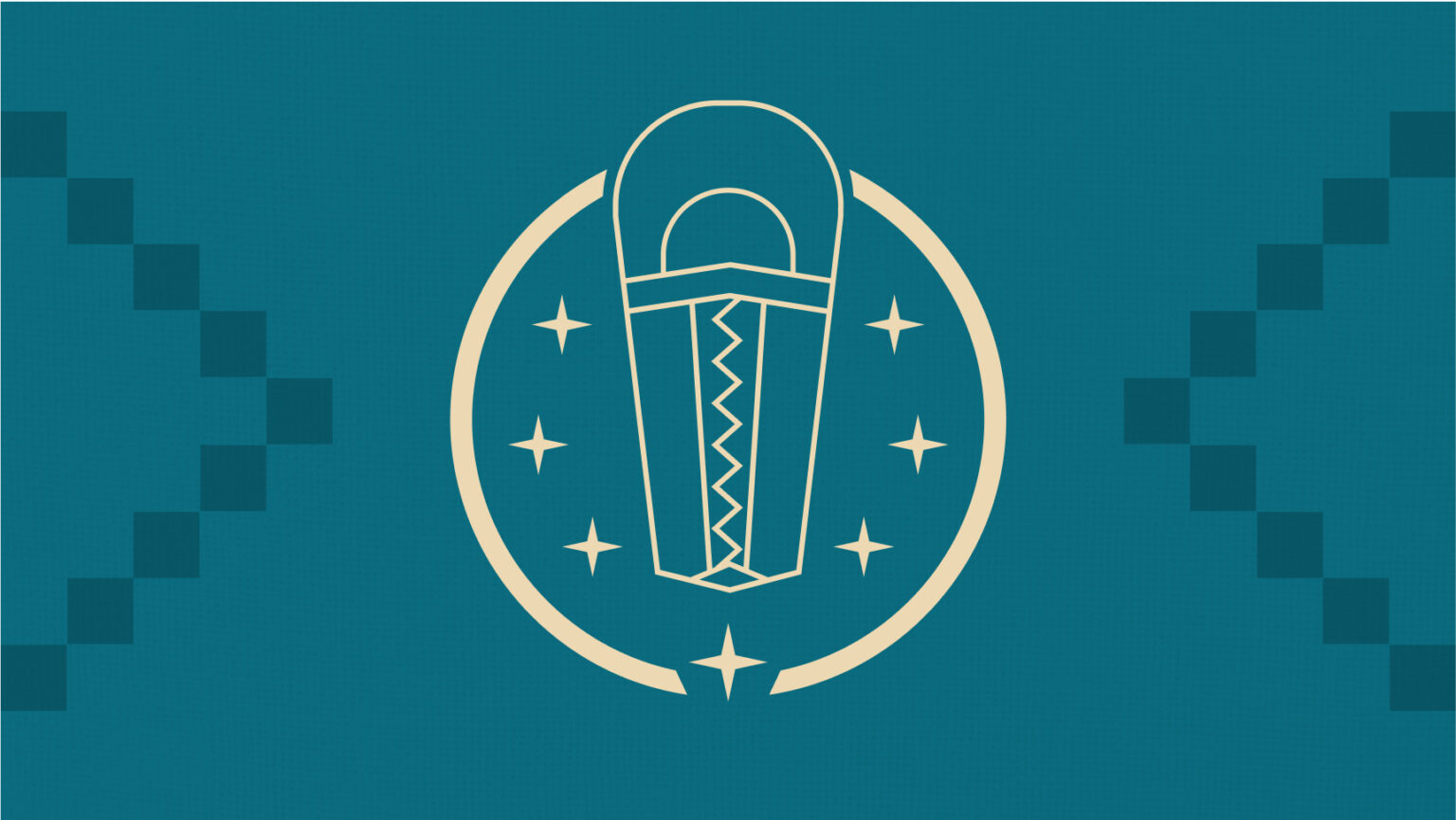
Where We’ve Been
5 Significant Questions for Educators in Serving Indigenous Youth
Around the world, the recipe for colonization is the same. First, take the land. Then, control the natural resources, especially water. Usurp Indigenous governance, delegitimize Indigenous thought and ways of knowing, and finally, and most important—take the children.
A conference in New South Wales, Australia—land of the Wonnarua peoples—invited NICWA’s Executive Director, Sarah Kastelic (Alutiiq), as a keynote presenter to share about this common thread and what it means to Indigenous children, families, and communities to be healthy and well.
The 2019 Aboriginal and Torres Strait Islander Catholic Education New South Wales Conference invited educators to acknowledge and pay respect to the past, present, and future Traditional Custodians and Elders of Australia through the continuation of cultural, spiritual, and educational practices of Aboriginal and Torres Strait Islander peoples.
Improving the well-being of Indigenous children across the globe is a sacred responsibility, and our children cannot afford to wait.
Here are five key questions educators can ask themselves to help provide effective and culturally appropriate services for Indigenous children and young people.
For Indigenous communities, the separation between Indigenous and non-Indigenous education is a result of cultural genocide, or outlawing Indigenous spirituality, ceremony, and language while fostering deeply held prejudices and racism. Connecting Indigenous ways with the non-Indigenous education system is a critical consideration in discussing cultural safety and it is paramount for Indigenous children to thrive.
The notion of a single primary bond (parent to child) is largely a cultural belief emanating from the norm of nuclear family cultures of the West. Educators have a key opportunity to support the well-being of Indigenous children and youth, which ultimately contributes to the health and well-being of families and communities, by making schools and classrooms more inclusive places. A child’s well-being is inextricably linked to their family—including extended family—and community; by welcoming them into schools, children themselves will feel a greater sense of belonging.
Recognize the Indigenous value of relationships for students and build relationships, first and foremost. From an Indigenous perspective, we see the world through patterns of relationships where we members of the human community need each other. We are bound together; we are interdependent. When no one is dispensable, we expect the gifts and talents of each one in order to build and maintain the society in which we live.
Encoded in Indigenous cultures around the world are critical elements that contribute to balance and to the health and well-being of children, families, and community: teachings about the scaredness of children, extended family and kinship relations, and the practice of interdependence and reciprocity. Does your curriculum honor these values? Does it reinforce messages children are getting at home about our responsibility to one another?
Be an ally. Honor community self-determination. Ask communities if you can visit them, to meet with leaders and families to learn about Indigenous cultures and ways of life. Though ally-ship, having diverse people around the table to address the challenges we face, we can surface our ignorance, baggage, or bias and ultimately come to more responsive, effective, strengths-based solutions that produce better outcomes youth.
For materials for educators and schools for transforming teaching and learning about Native Americans, visit National Museum of the American Indian’s Native Knowledge 360°.
Visit our Latest News to learn more about where we’ve been.



